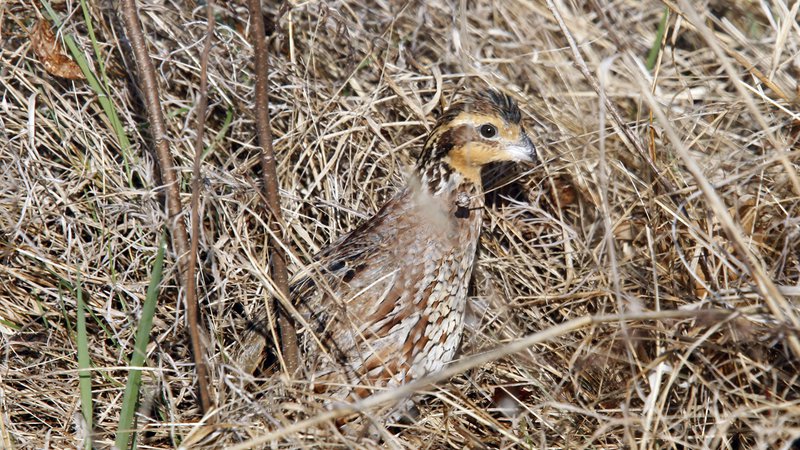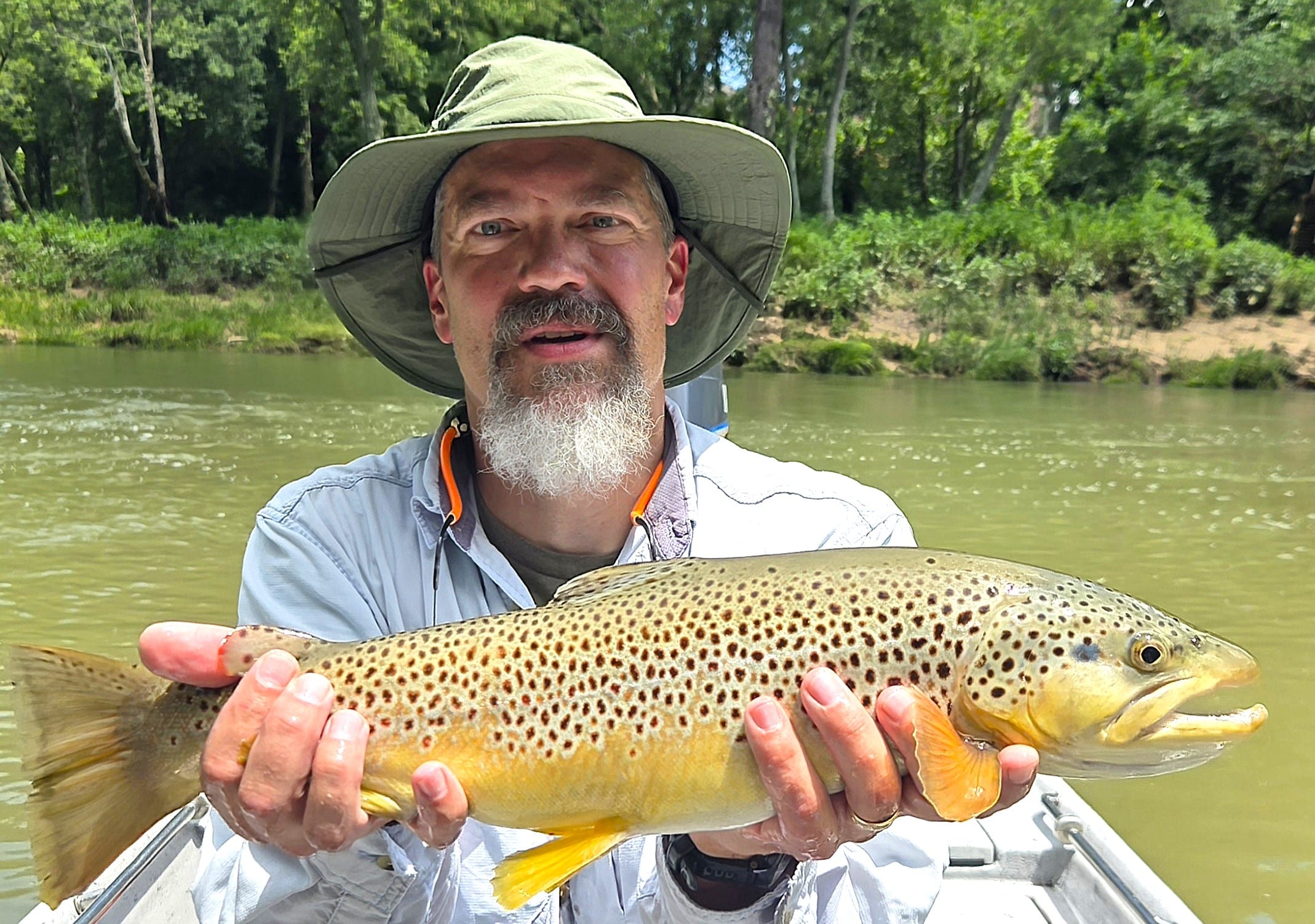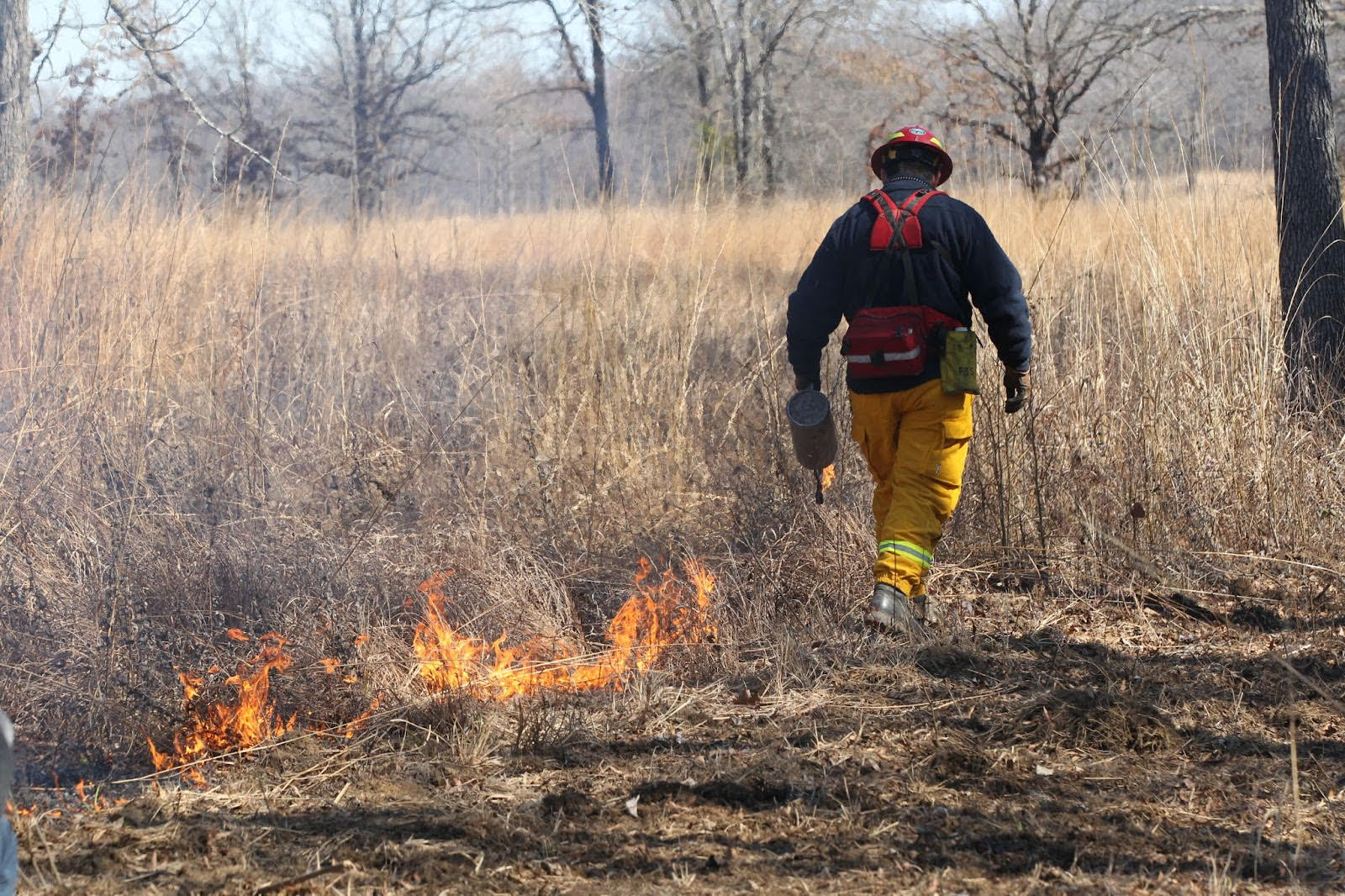Softball Skills Key to Northern Bobwhite Habitat Assessment
BY agfc
ON 07-19-2017

July 19, 2017
Summer means outdoor activities such as fishing, softball and the calls of the bobwhite quail whistling in the fields. You might think that bobwhite quail and the game of softball have nothing to do with each other, but biologists always are looking for ways to describe habitat conditions and life cycles of animals such as bobwhites to landowners. One quail researcher in Texas has made such an analogy. Dr. Dale Rollins, Executive Director of the Rollins Plains Quail Research Ranch in Texas has developed a simple habitat evaluation technique to determine if your property is good for quail.
Good quail habitat is a mixture of brushy cover and relatively open grasslands. Let’s face it, the perfect quail habitat isn’t a pretty, manicured pasture or majestic forest. In most cases, it’s that field that looks like the owner may have abandoned it for a few years and doesn’t care that it’s teeming with beggar’s lice and other weeds.
In this exercise the softball is the quail. They are about the same size and have the same restricted flight characteristics. A softball and a quail also have the same problem – when they are exposed in the open – someone is trying to catch it or hit it. Try these three exercises on your property to see if your habitat is good for quail.
Exercise 1- Escape Cover for Quail
Pick approximately two acres on your property that you think is good nesting cover for quail. For comparison, think about the dimensions of a softball field. This is a little less than two acres in size. A softball team playing defense has 10 players on the field at the same time. Think about the 10 defensive players on the team and if there was a patch of shrubby cover thick enough to conceal quail from view. These clumps would be closer together in the infield and more apart in the outfield. You should be able to throw the softball from one patch of cover to another over the entire field. Note, quail do not like to fly over 300 feet – about the same distance as a person could throw a softball.
Exercise 2 – Pitching –Too thick/thin
Next, take your softball and throw it about 50 feet on the ground in front of you. If you can see the ball well, it may be too open or the grass is too thin for quail. They can’t hide from predators. If the ball sticks immediately such as in tall fescue or Bermuda grass – it’s too thick for quail. If the ball rolls 6 inches to 6 feet while still concealed, it’s just right for bobwhites.
Exercise 3 – Kick the ball – baby chicks and brood habitat
Finally, how is it different for an adult quail and baby quail? This one is simple. Use a softball to represent an adult bobwhite and golf ball for baby quail chick. This will give you a size reference for how difficult it is to travel thru certain kinds of grasses. Push both balls with your foot through the grass. If they both go through the grass, it’s not too thick, however if one or both have trouble then you know it is too thick. Bermuda and tall fescue pastures can be very difficult for baby quail chicks to travel through. Notice in some situations the adult can move while the chick cannot. When this is the case, young quail get left behind resulting in chick mortality and loss of quail numbers going into the fall.
Some final thoughts
Bobwhite quail prefer to run and walk as opposed to flying because it uses less energy. However, quail must be able to fly from one suitable location of cover to another (not to exceed 300 feet) to escape predators. If you have areas that are too far apart, consider planting clumps of shrubs (sumac or wild plum are some good choices), hinge-cutting large-canopied cedars and hardwoods to lean over onto the ground, or simply allowing areas of the field to grow up to provide this escape cover. Grass density is very important for chicks and adults. If your grass is too thick contact an Arkansas Game and Fish Commission Private Lands Biologist for alternatives on how you can herbicide your existing grass and obtain something more quail friendly. In softball the umpire interprets the rules of the game. Landowners are the umpire in the quail game – and you can make the right call by conducting proper habitat management.
For more information on establishing and maintaining land for wildlife habitat improvement and programs to help, contact an AGFC private lands biologist at: Beaver Lake, 866-253-2506; Hope, 877-777-5580; Calico Rock, 877-297-4331; Mayflower 877-470-3650; Brinkley, 877-734-4581; Jonesboro, 877-972-5438 and Monticello, 877-367-3559.
To find the private lands biologist that covers you county, check out our webpage for more info at: www.agfc.com/habitat and go to the map.
Recent News

Arkansas Wildlife Weekly Fishing Report
Jul. 3, 2025
Subscribe to Our Weekly Newsletter E-mails
Don’t miss another issue. Sign up now to receive the AGFC Wildlife Weekly Newsletter in your mailbox every Wednesday afternoon (Waterfowl Reports are published weekly during waterfowl season and periodically outside the season). Fishing Reports arrive on Thursdays. Fill in the following fields and hit submit. Thanks, and welcome!

